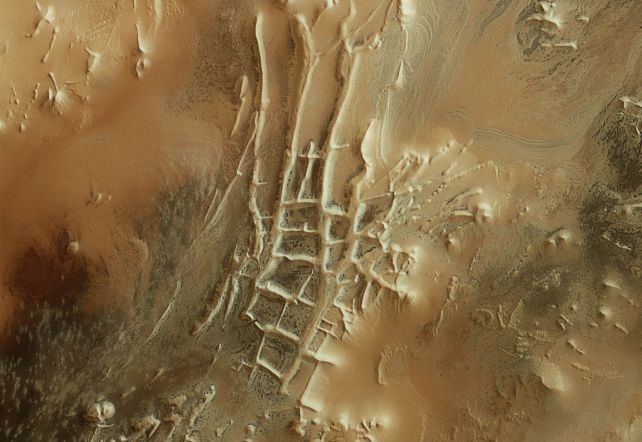A humanoid robot Valkyrie From NASA, testing is currently underway at the Johnson Space Center in Houston, Texas, which could be key to future space exploration. Valkyrie, a robot nearly two meters tall and weighing 136 kilograms, is designed to operate in degraded or damaged man-made environments such as those affected by natural disasters.
Valkyrie also has advanced software systems that facilitate the processing of sensory information and perform tasks semi-autonomously, although it can be remotely controlled by human operators. The US space agency plans to have robots like Valkyrie capable of performing missions in space.
NASA is collaborating with robotics companies, including Apptronik in Austin, Texas, to understand how humanoid robots developed for terrestrial use can be adapted for future space missions. Among Apptronik's current developments is Apollo, a robot designed for logistics tasks in warehouses and manufacturing plants, such as moving packages and stacking pallets.
“Our goal is to keep the system online 22 hours a day,” he said KSL Nick Payne, Chief Technology Officer, Optronic. “It has a replaceable battery, so you can work for four hours, change the battery and go really fast.”
NASA's Dexterous Robotics team, led by Shawn Azimi, suggests that these humanoid robots could perform dangerous tasks outside the spacecraft, such as cleaning solar panels or inspecting broken equipment, freeing astronauts to focus on research and discovery. “We're not trying to replace human teams, but rather to eliminate boring, dirty and dangerous jobs so they can focus on higher-level activities,” he explained. KSL Asimi.
Apollo would offer significant advantages over humans in terms of endurance. Apptronik's CEO, Jeff Cardenas, sees unlimited potential in improving Apollo's capabilities as new software development progresses. “We are starting with warehousing and manufacturing plant, but we may go into retail…distribution and what we call unstructured spaces,” he said when consulted by the same media.
In the future, unstructured spaces such as the spatial environment may be included in the functional areas of these developments. “Robots like Apollo are designed with modularity in mind to suit multiple applications,” Azimi explained. “NASA is really trying to get that vision — to see what the key gaps are, where we need to invest in the future to bring a ground system into the space environment and be certified to operate in space.”

:quality(85)/cloudfront-us-east-1.images.arcpublishing.com/infobae/A6RCQFADEVBHXJSCL6IOPCI7X4.png)

:quality(85)/cloudfront-us-east-1.images.arcpublishing.com/infobae/733BC4GLSFHFXGV2W5HA6RSFF4.png)
:quality(85)/cloudfront-us-east-1.images.arcpublishing.com/infobae/YMJL5TYTFCDXREBK5GQ3GF2NSE.jpg)
:quality(85)/cloudfront-us-east-1.images.arcpublishing.com/infobae/6HQACP6IWFDCZILI6XO6YCAIT4.jpg)